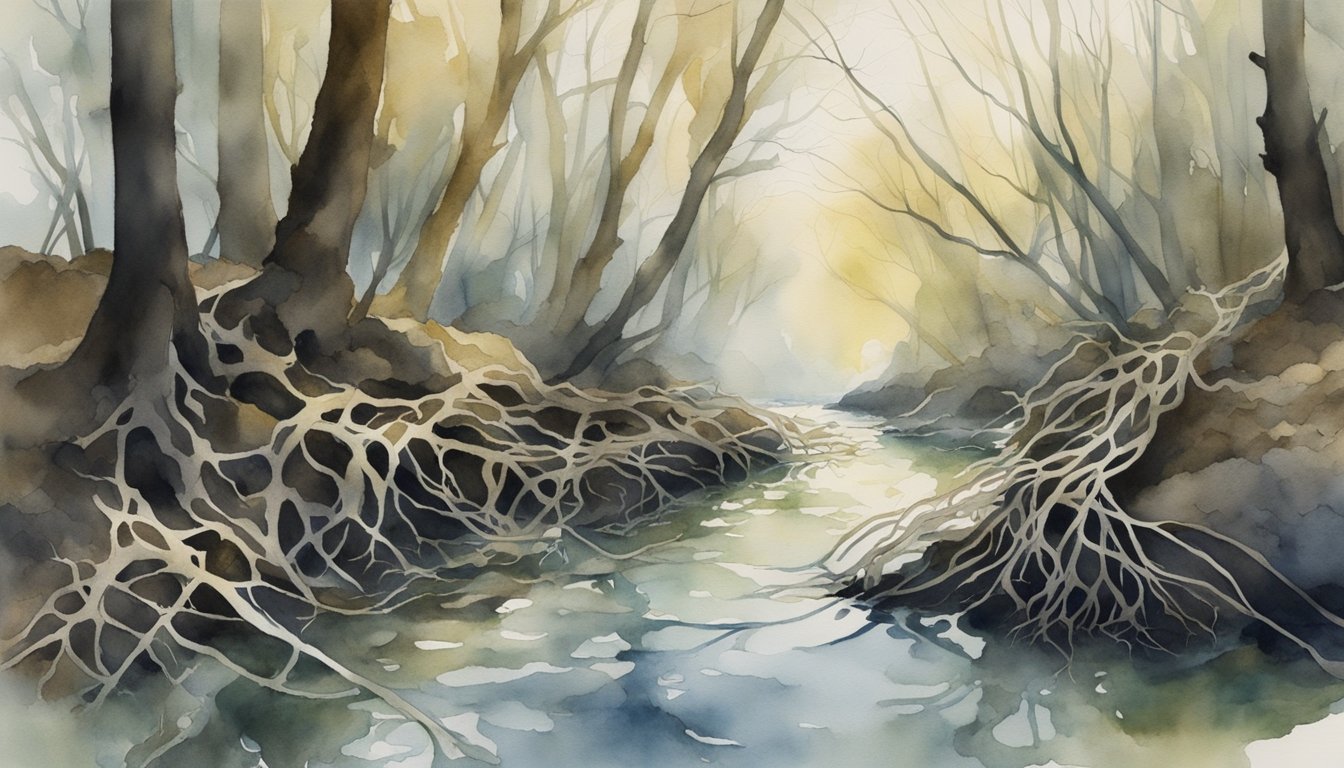Understanding Eels: Biology and Life Stages
Eels are an intriguing group of ray-finned fish that undergo a complex life cycle from transparent larvae to full-grown adults. These elongated, scaleless fish have fascinated scientists with their secretive lives and distinct morphological changes through various life stages.
Eel Taxonomy and Varieties
Eels belong to the order Anguilliformes, which is composed of four suborders, 20 families, and approximately 800 species. Notable families within this order include Anguillidae, the freshwater eels like the American eel (Anguilla rostrata), European eel (Anguilla anguilla), and Japanese eel (Anguilla japonica). The Heterocongrinae, a subfamily of the Congridae, are known as garden eels. Contrary to popular belief, electric eels are not true eels, but rather belong to the order Gymnotiformes.
Development from Birth to Maturity
The life cycle of eels is categorized by several distinct stages: eggs, larvae (leptocephali), glass eels, elvers, yellow eels, and eventually, silver eels that are ready to spawn. Eels begin their life as eggs floating in the ocean, then hatch into larvae known as leptocephali. The leptocephalus stage can last for over 2 years, which is unique compared to other marine species. After the leptocephali phase, they morph into glass eels which transition into freshwater environments. Elvers are young eels that travel upstream and grow into the yellow eel stage. Finally, they reach sexual maturity and metamorphose into silver eels, the phase during which they return to the sea to spawn.
Physical Characteristics
Eels possess a slender and elongated body, assisting their navigation through tight spaces found in reefs and riverbeds. They have pectoral fins but lack pelvic fins. Unlike many other fish, eels do not have separate caudal fins; instead, their dorsal and anal fins extend around the tail tip, creating a continuous fin margin. Their appearance varies greatly during their life stages – from the nearly transparent leptocephali to the darkened coloration of elvers and yellow eels. Eels can reach impressive lengths; for example, the European eel can grow up to one meter in length.
Eels have contributed remarkable natural history insights and remain an ongoing subject of study due to their unusual biology and complex lifecycle.
Eel Habitats and Conservation

The complex life cycle of eels and their reliance on specific habitats highlight the need for informed conservation measures to ensure their survival.
Eel Habitats and Migration Patterns
Eels are fascinating creatures with distinct life stages that require different habitats. Many species of eels, including the American eel, are born in the Sargasso Sea then migrate as leptocephali (eel larvae) to the coasts. There, they grow into glass eels before moving into estuaries and freshwater rivers as elvers. Once mature, they become known as silver eels and reverse their journey, returning to the Sargasso Sea to spawn. Eels like the European eel also show catadromous behavior, living in freshwater habitats but migrating to the open ocean to reproduce. These migration routes can cover thousands of miles and are crucial for the eel’s lifecycle.
Environmental Challenges and Protection
Eels face many threats that impact their survival, beginning with habitat loss. Dams block upstream migration and can significantly decrease eel populations, evidenced by the case of the American eels where dam removal has opened up previously inaccessible freshwater habitats. Climate change also poses risks by altering the habitats and migration patterns eels depend on.
Conservation efforts range from habitat restoration to strict fishing regulations aimed at preserving declining eel populations. The International Union for Conservation of Nature (IUCN) classifies some eel species as endangered or critically endangered, prompting international response. For instance, scientists recommend zero catches for the European eel as part of immediate conservation efforts. Moreover, factors like overfishing, disease, parasites, and the international eel trade continue to exert pressure, reinforcing the need for robust conservation strategies.

